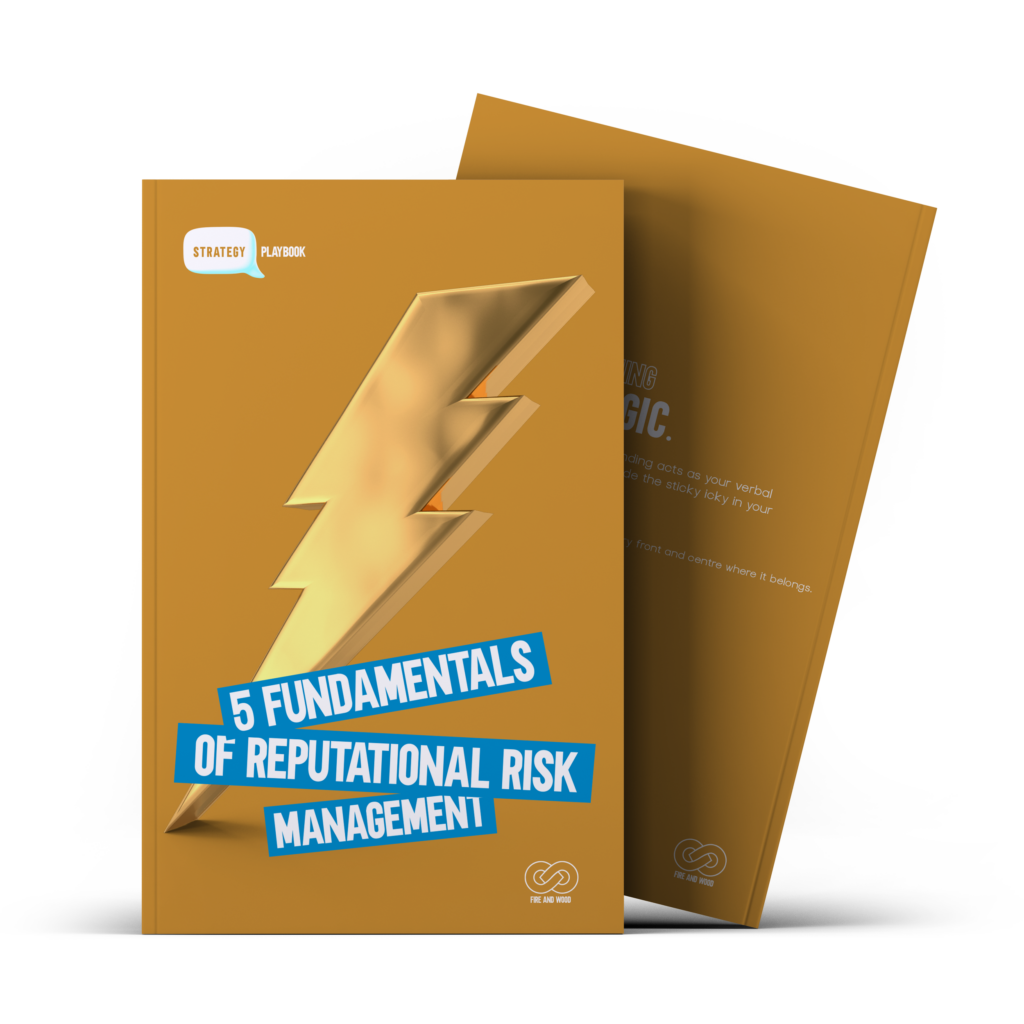Public Relations
The First Stage of
a Crisis: Know Your Communication Channels
Starting-up a start-up from the eyes of starter-uppers.

Todd O'Keefe
Chief Content Officer
Table of Contents
Fill communication gaps
Identifying and segmenting your organizational chart to set audience priorities is a no-brainer for managing your crisis communication response levels.
Almost as important as identifying your key audiences is identifying the potential communication channels to reach those same audiences.
Conduct an inventory of your daily communication channels used to reach or contact your audiences, such as email, text or online multi-channels, including your website or social media channels. Take note of any missing platforms and fill the communication gaps.
The role of your crisis communication team is joining the fray of the crisis—their responsibilities are to listen to, reply to and monitor relevant audience channels. This includes assessing and responding on those same channels during and after your crisis.
Meet your audience where they are
Take the scenario of a fire in your building. Let’s pretend a vendor was the first one to spot the fire and shouted, well, “Fire!” They pull the alarm and the word-of-mouth warning gallops faster than Paul Revere on a horse.
Employees use their land phones or smartphones to notify emergency responders, and public safety officials arrive to conduct crowd control with bullhorns and sirens, as the escapees call or text their families.
You are now officially in damage control as people take and post photos and update their online status with, “I am safe from the fire downtown.” Your social media activity spikes with shares, and soon, the media arrives with reporters and video cameras.
At this point, once everyone is safe from harm, and the fire crew is in charge, update your company voicemail or answering service messaging to inform incoming callers.
And get your internal teams to text or email alerts to employees using a special emergency response system—if you have one.
Internal and external channels
Take advantage of internal digital channels, such as electronic signage, and update internal audiences with new information.
Think ahead and start the process for designating or preparing your spokesperson and their backup for conversations with the investigators.
Script the messaging for the front desk or answering service staff and duplicate a similar message for your multi-channels.
Connect, communicate and collaborate with your external channels, such as media outlets. Give insight into the public investigation, and estimate your return to normal operations.
Keep in mind that the flow of information during a crisis is multi-directional. Audiences are sending, receiving and interpreting information and misinformation at a fast pace over a variety of devices.
List all of the ways you communicate with your core audiences, identify your audience channels and listen and respond to each identified threat or challenge.
By making note of communication gaps, you can prepare for another crisis, such as installing an emergency alert text notification system or internal electronic signage.
Best practice
Identify key communication channels so you can communicate early and often with your key audiences.
This includes updating your site and multi-channels to alert employees to any public safety issues.
Designate your front desk receptionists or answering service to personally handle incoming phone calls and internal demands from leadership to your employees.
Update your newsletter with a personal email from leadership, customers, suppliers and investors.
Finally, add a fire prevention course to your training and development and see it as an opportunity for future workshops and training scenarios.
Consider your audiences
Start assessing your communication channels by considering your four key audiences: employees, customers, vendors, and the public.
Minimize risk for each segment and keep them updated on visitor safety protocols. Review and update your employee phone numbers, email addresses and preferred communication channels, and text or send an email alert to notify employees of the crisis.
Check to see if your analog systems are in working order, and record a message for your landline phone system.
The next step in assessing your communication resources is to develop a detailed and dynamic inventory list of your appropriate crisis communications channels, devices and backup plans.
Being able to quickly access your information and tools, including specific and virtual locations, is critical no matter the emergency.
Determining how you regularly update this detailed information plays a key role for accessing your information and tools during an emergency when you need it.
Rising tide
Let’s pretend that a flash flood or atmospheric river of rain is threatening to potentially close your location for the day.
The first step is to warn visitors against travelling to your location. It’s also imperative to establish a detailed and updated contact database based on core key audiences activities, such as only alerting specific visitors instead of your complete audience.
This minimizes risk and removes unnecessary alarm or annoyance. You also need to treat customers, vendors and media as members of the public.
Update relevant channels with closure information, record a message on your company voicemail or answering service to inform people of the flood closure. And connect with your local media outlets to spread the word.
Give some thought to your physical channel locations: do you typically send emails from your office, remote location or a command centre
What’s your backup plan if your primary and physical locations are inaccessible? What if those locations were washed away? What would you do if the flood created a physical challenge to access the necessary tools to reach your core audiences?
HAVE A GAME PLAN
Even though you might not be in an immediate crisis, plan for one anyway and regularly update inventory lists including core key audiences, such as media sources and regulatory agencies.
By seeing the process as a guide, you create quick access to a detailed communication inventory with specific locations of channels and devices.
Not to mention: how to access your backup plan.
Want to learn more about what goes into a crisis communication response plan?
Download our playbook with a breakdown of the five stages of a crisis communication response plan. It includes how to identify audiences, such as your employees, customers, suppliers, media, and the public at large.
This guide walks you through assembling your crisis response team and understanding what goes into a key messaging or statement document. And, finally, it details lessons learned with post-crisis review and evaluation.

PROTECT
YOUR BRAND
REPUTATION
Take a deep dive into your
free copy of the 5 Fundamentals of Reputational Risk Management and start building a bulletproof brand reputation that stands the test of time.
GET THE GOODS
Our starter-upper blog is a place you’ll find creative trade secrets, shop talk and the trials and errors of a creative incubator.
Our goal is to make things people will enjoy and want to share—from storytelling and copyhacking best practices to articles, videos and white papers.
Join the Starter-Upper newsletter today and get more articles like these ones.
GET THE STARTER-UPPER INSIGHTS

